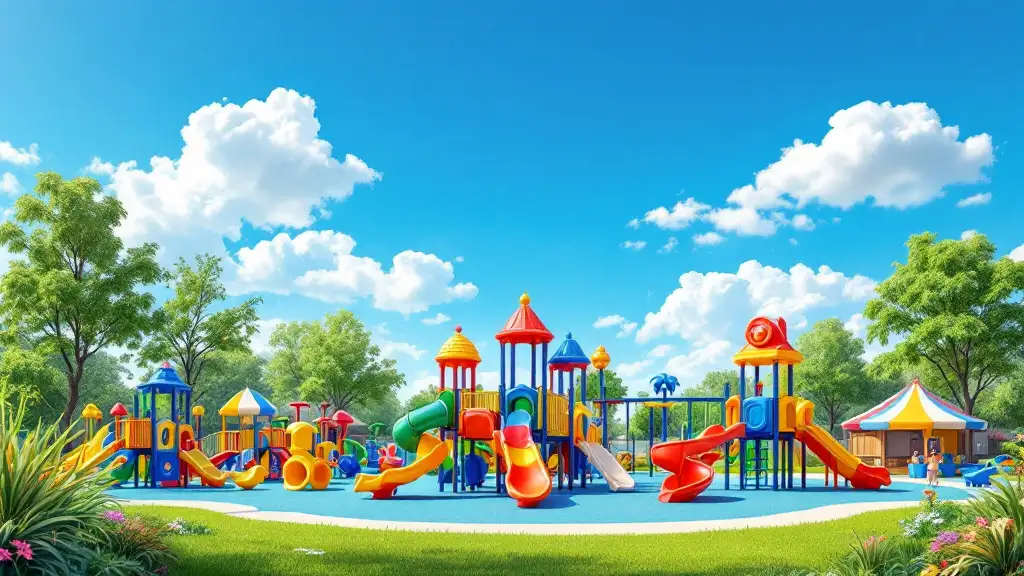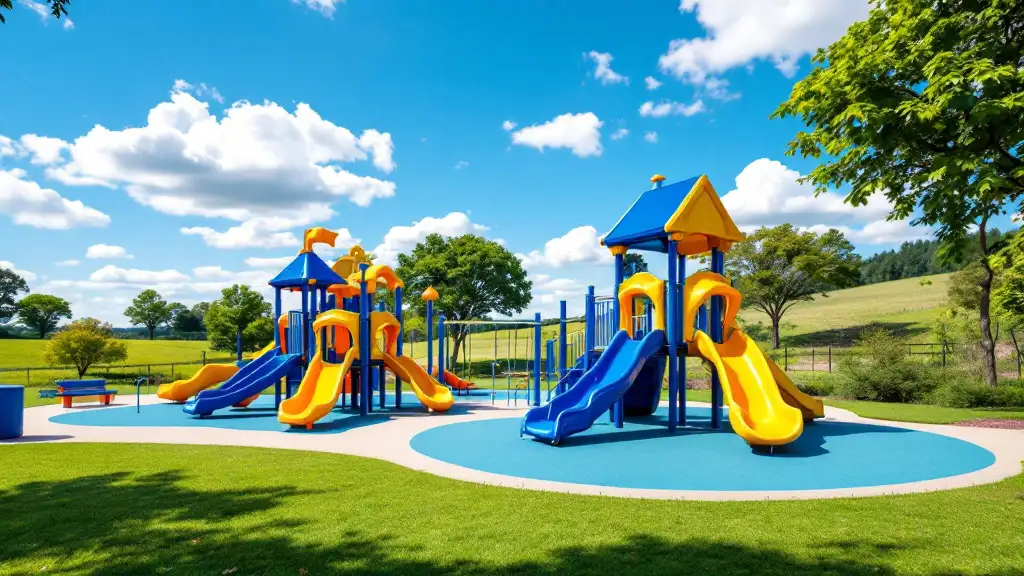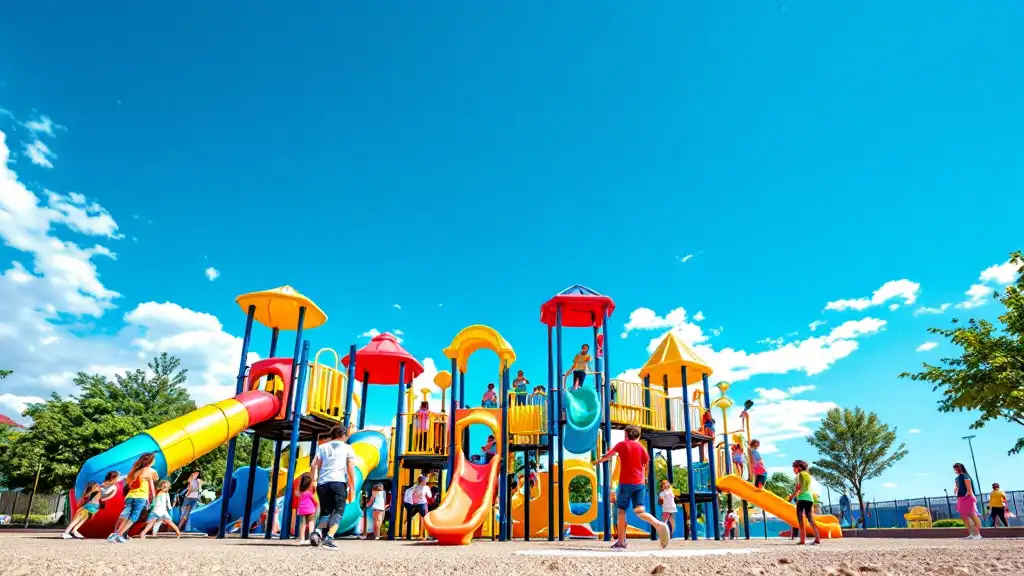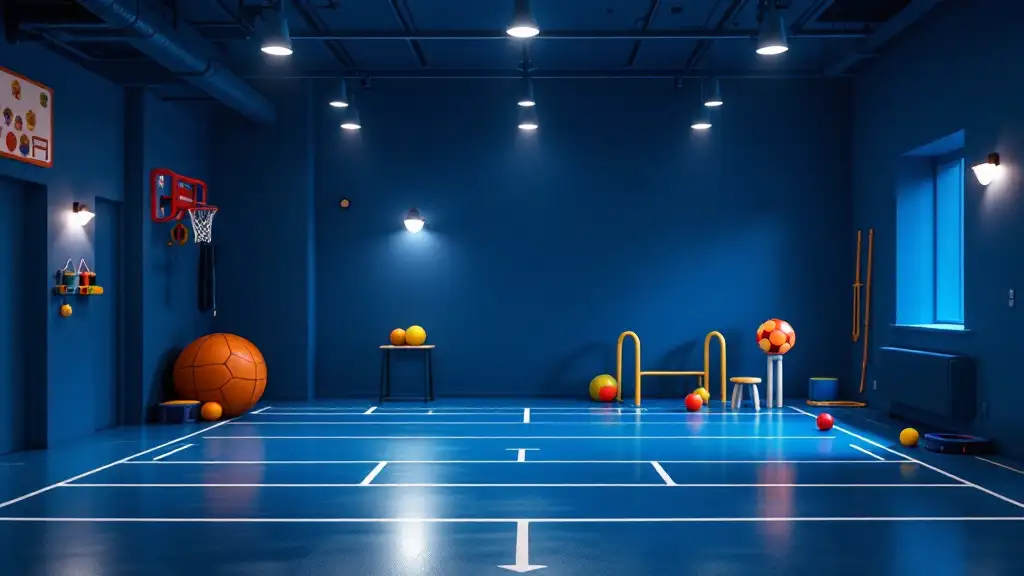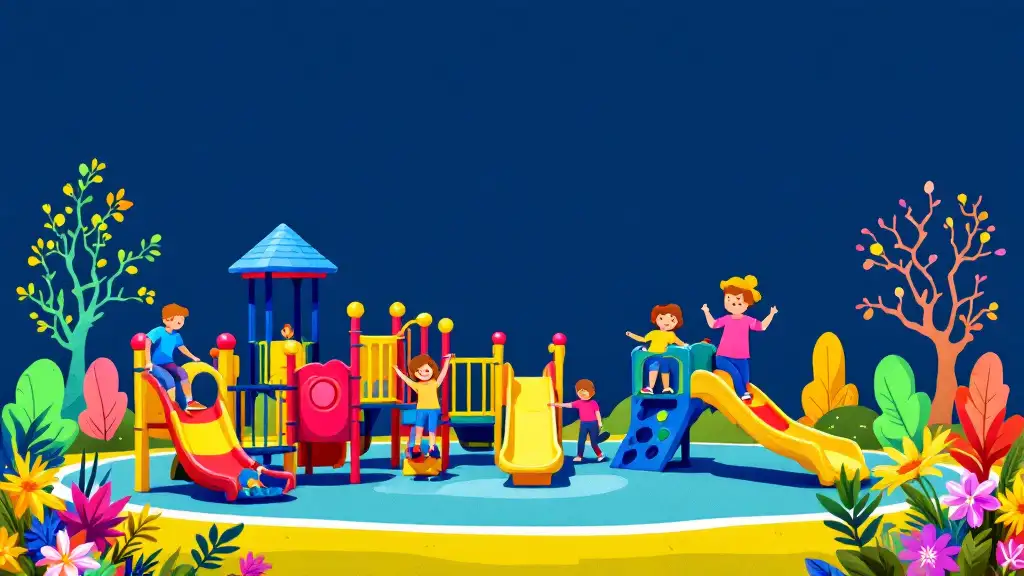
Understanding the Critical Role of Physical Therapy in Pediatric TBI Recovery
Traumatic brain injury (TBI) in children poses diverse challenges that impact their physical, cognitive, and emotional well-being. A multidisciplinary approach, with physical therapy at its core, is vital for optimizing recovery. This article explores the extensive benefits of physical therapy, evidence-based strategies, and emerging advances shaping modern pediatric TBI rehabilitation.
Benefits of Physical Therapy in Pediatric TBI
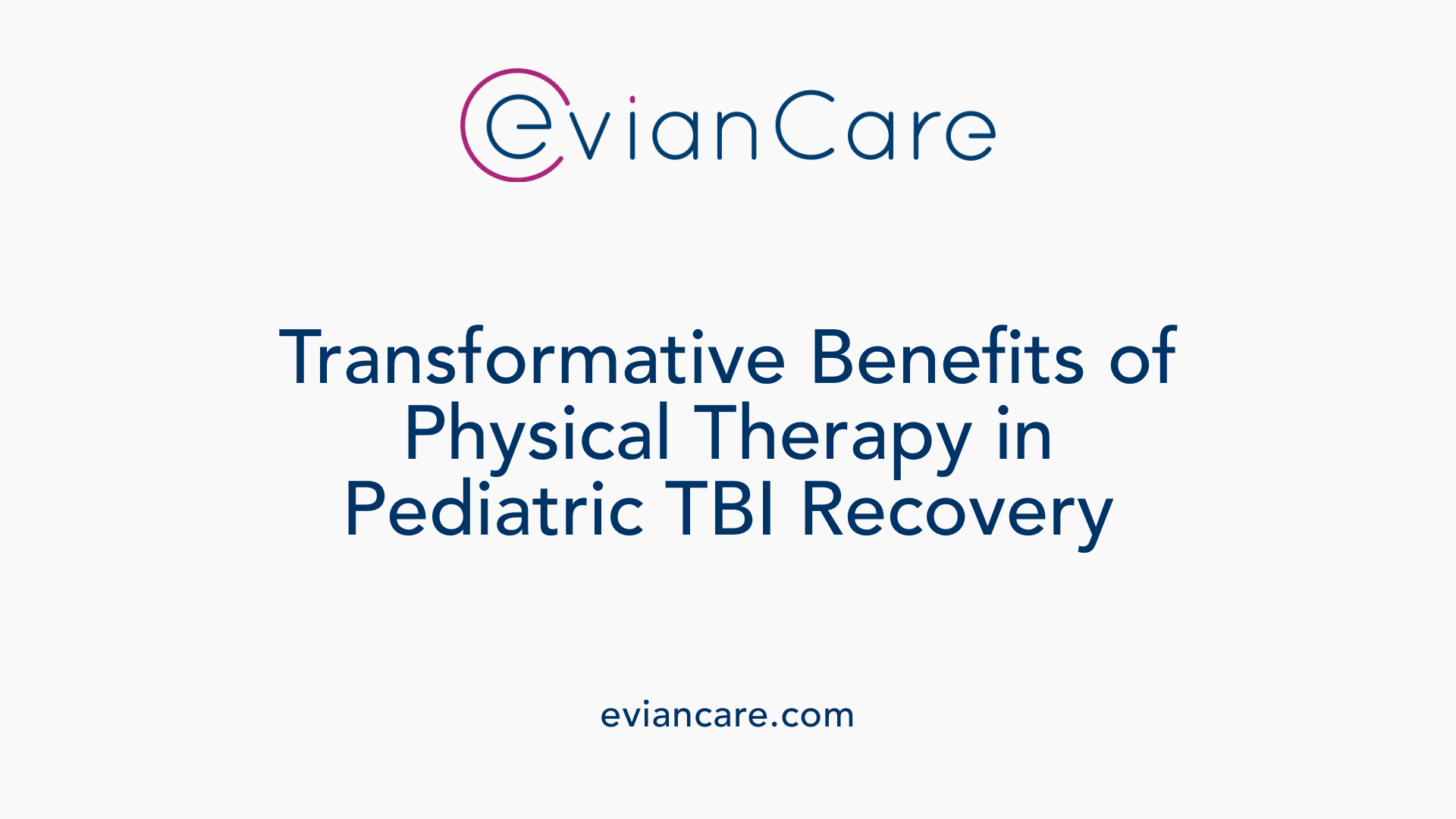
What are the benefits of physical therapy for children with traumatic brain injury?
Physical therapy is a cornerstone in the rehabilitation of children who have experienced a traumatic brain injury (TBI). It provides numerous advantages that are vital for recovery and long-term well-being.
One of the primary benefits of physical therapy is its ability to promote neuroplasticity—the brain's capacity to reorganize itself and form new neural connections. By engaging in targeted exercises and movement activities, children can strengthen existing pathways and develop new ones, which supports overall brain recovery.
Physical therapy also aims to improve mobility and build strength. Children often face challenges in walking, standing, or maintaining posture after TBI. Through specialized exercises, physical therapists help improve muscle tone, joint flexibility, balance, and coordination, enabling children to regain their ability to perform fundamental physical tasks.
Balance and coordination are frequently affected by TBI, making rehabilitation crucial. Therapeutic interventions focus on enhancing proprioception and equilibrium, reducing fall risk, and supporting the skills needed for walking and other movement activities.
Supporting independence in daily activities is another vital goal. Physical therapy teaches children strategies to carry out tasks like dressing, playing, and participating in sports. This fosters confidence and enables children to integrate more easily into their home and school environments.
Moreover, effective physical rehabilitation facilitates school and community reintegration. Children can return to their routines, participate more fully in social activities, and build resilience through improved physical function.
Early and consistent physical therapy interventions are associated with improved outcomes, emphasizing the importance of initiating rehab as soon as possible after injury. Tailored treatment plans consider each child's individual needs, abilities, and goals.
Ultimately, physical therapy's comprehensive approach enhances recovery trajectories, improves quality of life, and supports children in reaching their full potential after TBI.
Rehabilitation and Physiotherapy: Cornerstones of Pediatric TBI Recovery
What role do rehabilitation and physiotherapy play in pediatric traumatic brain injury recovery?
Rehabilitation and physiotherapy are vital in helping children recover from traumatic brain injuries (TBI). These interventions are designed to address both physical and cognitive challenges that arise after injury. They involve a variety of specialized therapies, including physical therapy, occupational therapy, and speech therapy.
Physical therapy focuses on improving movement, strength, balance, and coordination. Therapists work on exercises such as seated hip rotations, weight shifts, and limb movements to enhance mobility and reduce weakness. This training helps children regain their ability to walk, run, and perform daily activities more independently.
Occupational therapy aims to restore fine motor skills and boost independence in daily tasks like dressing, writing, and self-care. It also covers strategies to adapt environments for better accessibility, supporting children’s participation at home and school.
Speech therapy addresses language and communication issues, helping children improve speech clarity, comprehension, and social interaction. Cognitive rehabilitation is used to enhance memory, attention, and problem-solving skills, which are often affected by TBI.
These therapies not only target physical and cognitive deficits but also support emotional and behavioral health. Addressing psychological well-being is essential for overall recovery and social integration.
A significant principle underlying rehabilitation is neuroplasticity—the brain’s ability to reorganize itself after injury. Therapeutic activities promote this process, encouraging the formation of new neural connections and recovery of lost functions.
Prevention of secondary complications like muscle contractures, pressure ulcers, blood clots, and infections is another critical aspect. Regular physical activity and positioning strategies help to minimize these risks, ensuring that recovery progresses smoothly.
Rehabilitation services are tailored to each child’s unique needs, often involving a multidisciplinary team across different care settings such as inpatient hospitals, outpatient clinics, and home-based programs. This personalized approach ensures optimal progress in physical, cognitive, behavioral, and psychosocial domains.
Moreover, integrating therapy efforts across home, school, and community environments maximizes recovery outcomes. Collaborating with educators and caregivers helps implement consistent strategies to support learning, social participation, and emotional health.
The benefits of comprehensive rehabilitation extend beyond functional improvements. They include better mental and physical health, reduced hospital readmissions, and increased chances of returning to normal daily routines and social activities. The journey to recovery is ongoing, and sustained therapy plays a crucial role in helping children reach their full potential.
In sum, rehabilitation and physiotherapy are essential in pediatric TBI recovery, fostering neuroplasticity and independence while preventing complications. These interventions support children not only in regaining lost abilities but also in establishing a pathway toward active, fulfilling lives in their communities.
Evidence-Based Strategies in Pediatric TBI Physical Therapy
What are evidence-based approaches and outcomes in physical therapy for pediatric traumatic brain injury?
Rehabilitation for children with traumatic brain injury (TBI) relies increasingly on approaches grounded in scientific evidence. These methods focus on harnessing neuroplasticity—the brain's ability to reorganize and repair itself—to optimize recovery.
Early intervention plays a crucial role, as initiating therapy soon after injury can significantly enhance outcomes. Pediatric TBI rehabilitation involves task-specific training that targets real-world activities, helping children regain functional independence. Repetitive exercises reinforce neural pathways and facilitate motor learning, which is fundamental for restoring movement, coordination, and balance.
A comprehensive, multidisciplinary care model is vital. This includes tailored physical therapy that addresses mobility, strength, and motor skills; occupational therapy focusing on daily task re-learning; speech-language therapy for communication issues; and neuropsychological assessments to guide cognitive and behavioral interventions.
Emerging technologies expand the therapeutic toolkit. Virtual reality (VR), robotics, and telerehabilitation offer engaging, accessible options that can improve adherence and outcomes. These tools support specific skills like gait, balance, and visual tracking.
Outcome measures typically involve standardized assessments such as the Functional Independence Measure (WeeFIM), neuropsychological batteries, and motor function scales. These evaluations help in tracking progress, adjusting therapies, and predicting long-term recovery.
Implementing evidence-based strategies leads to improvements across multiple domains. Children experience better motor control, heightened cognitive abilities, reduced behavioral problems, and enhanced social participation. Family involvement and community-based services are key components, ensuring sustained gains and successful reintegration into home, school, and community life.
Overcoming barriers such as limited access to specialized care remains a challenge. Ongoing research seeks to refine these interventions and establish best practices, ultimately aiming for consistent, positive recovery trajectories for pediatric TBI patients.
Therapies and Exercises in Children’s TBI Rehabilitation
What types of therapies and exercises are used in TBI rehabilitation for children?
Rehabilitation for children who have experienced a traumatic brain injury involves a comprehensive set of therapies and exercises tailored to their specific needs. This multidisciplinary approach aims to restore physical, cognitive, emotional, and functional capacities.
Physical exercises play a crucial role in enhancing mobility, strength, and coordination. These include neuroplasticity exercises such as seated hip internal and external rotations, hip abduction and adduction movements, seated marching, lateral trunk flexion, trunk extension, and weight-shifting activities. Balance and gait improvements are supported through activities like heel-toe marches and stability exercises. Such activities assist children in regaining motor control and functional movement.
Occupational therapy focuses on helping children relearn essential daily skills, including dressing, eating, writing, and self-care routines. Therapists often incorporate engaging, meaningful activities such as playing musical instruments like the piano, constructing Lego models, or planning and executing small tasks, which improve executive functions like organization, problem-solving, and planning. The goal is to facilitate independence and adaptability in everyday environments.
Cognitive exercises are designed to rebuild memory, attention, planning, and problem-solving abilities. Common activities include puzzles, board games, and creative writing, which challenge and strengthen cognitive pathways. Structured training programs may involve spaced retrieval tasks to enhance long-term memory, as well as computer-based cognitive therapy games that target specific deficits.
In addition to standard therapies, parent-led activities and goal setting are integral to successful rehabilitation. Parents are guided to create personalized activity plans that promote therapy outside clinical settings, ensuring consistent practice and reinforcement. These activities might include routines like daily storytelling, planning family outings, or practicing coordination exercises at home.
Overall, these therapies are often delivered in various settings, including inpatient and outpatient clinics, community centers, and at home, forming a continuous and adaptable support system. The personalization of these activities ensures that each child's unique needs, abilities, and recovery goals are addressed effectively.
This holistic approach leveraging physical exercises, daily skills training, cognitive practice, and family involvement enhances the brain’s neuroplasticity—its ability to reorganize and recover—leading to improved outcomes in children post-TBI.
Impact of Early Intervention on Recovery Outcomes
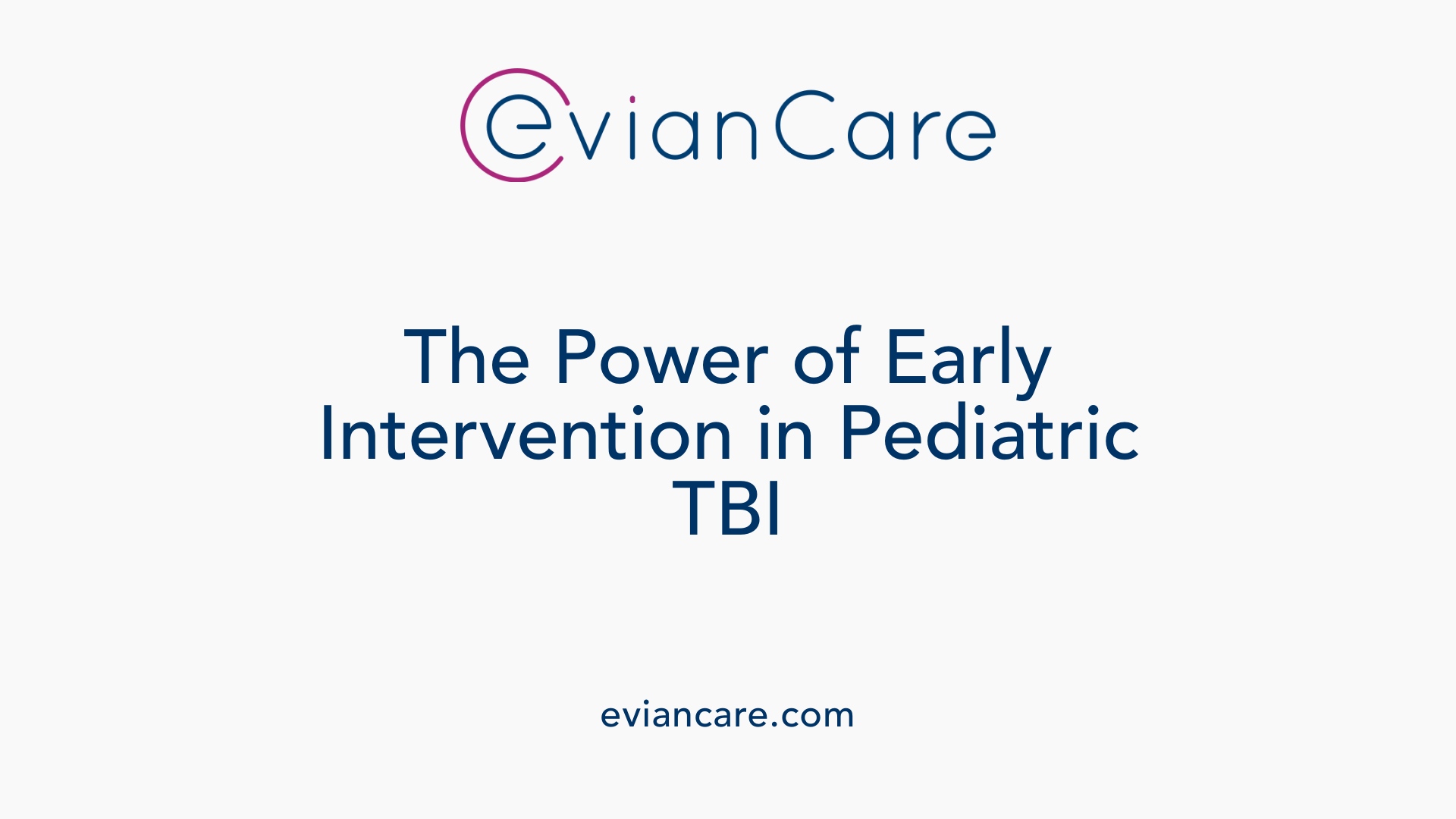
How does early intervention influence recovery outcomes in children with traumatic brain injury?
Early intervention is vital for children who have experienced a traumatic brain injury (TBI). It significantly influences the child's recovery by promoting the brain's natural ability to reorganize itself—a process known as neuroplasticity. When therapies such as physical, occupational, and speech therapy are initiated soon after injury, they help cement neural pathways that support motor skills, language, and cognitive functions.
Timely assessments by specialized teams enable the creation of personalized treatment plans tailored to each child's specific needs. This targeted approach addresses physical, cognitive, and emotional impairments more effectively, leading to better overall outcomes.
In addition to therapies, educating families about TBI symptoms and recovery processes helps reduce anxiety and empowers them to support their child's rehabilitation better. Providing reassurance and clear information can also lessen the risk of postconcussion symptoms and improve adherence to therapy regimens.
Another important aspect of early intervention is avoiding excessive rest. While initial rest is necessary, prolonged inactivity may hinder progress by decreasing neuroplasticity and delaying skill reacquisition. Encouraging safe, graduated re-engagement in daily activities, including play and learning, fosters functional recovery.
Research indicates that engaging in prompt, multidisciplinary rehabilitation within the first days to weeks after injury leads to improved long-term functions. This comprehensive, family-centered approach enhances not only the child's physical abilities but also emotional well-being and social participation.
In summary, early intervention maximizes the brain’s innate ability to recover, supports family readiness, and ensures that children with TBI have the best chance at achieving meaningful, long-term functional improvements. These strategies collectively optimize recovery trajectories and help children return to their daily routines with confidence and independence.
Importance of Research and Guidelines in Pediatric TBI Treatment
What is the importance of ongoing research and current guidelines in pediatric TBI treatment?
Continual research plays a vital role in improving how we treat children with traumatic brain injury (TBI). As new scientific insights emerge, they help refine existing therapies and introduce innovative approaches. This progress ensures that treatment strategies are based on the latest understanding of neuroplasticity, brain recovery, and rehabilitation techniques.
Current guidelines serve as a framework that synthesizes new evidence into practical recommendations. They guide clinicians on crucial aspects such as initial assessment, neuroimaging, intracranial pressure (ICP) management, and nutritional support. Following these guidelines helps standardize care, ensuring that each child receives evidence-based interventions regardless of where they are treated.
Standardized practices for monitoring and pharmacologic management reduce variability and increase safety. For example, clear protocols for managing intracranial pressure or preventing secondary complications can significantly influence recovery outcomes.
Adherence to evolving guidelines allows healthcare providers to incorporate cutting-edge therapies like non-invasive brain stimulation, neuropsychological assessments, and tailored physical or occupational interventions. It also helps avoid outdated or potentially harmful treatments that lack current evidence.
Staying updated with the latest research and guidelines is especially important given the ongoing developments in technology, such as virtual reality, robotics, and tele-rehabilitation, which expand access and improve recovery prospects.
In the context of pediatric TBI, where recovery trajectories vary widely based on age, injury severity, and individual factors, continuous research offers insights that lead to personalized care strategies. These strategies optimize outcomes by addressing specific deficits in physical, cognitive, and emotional domains.
Overall, ongoing research and adherence to contemporary guidelines are essential for advancing pediatric TBI management. They ensure that interventions are effective, safe, and tailored to individual needs, ultimately improving long-term recovery and quality of life for affected children.
| Aspect | Importance | Additional Notes |
|---|---|---|
| Emerging therapies | Enable integration of new treatment options | Neuroplasticity-based interventions, neurostimulation |
| Standardized assessment tools | Provide consistent measures of recovery | WeeFIM, Glasgow Coma Scale, neuropsychological batteries |
| Management guidelines | Ensure effective, safe care | ICP management, early rehabilitation, nutritional support |
| Evidence updates | Keep practices current | Clinical trials, systematic reviews |
| Personalized care | Optimize individual outcomes | Cognitive profiles, family goals, functional needs |
Staying informed through the latest evidence and following well-established guidelines ensures that every child benefits from the most effective and safest treatment modalities available today.
Physical Therapy and Neuroplasticity: The Healing Brain
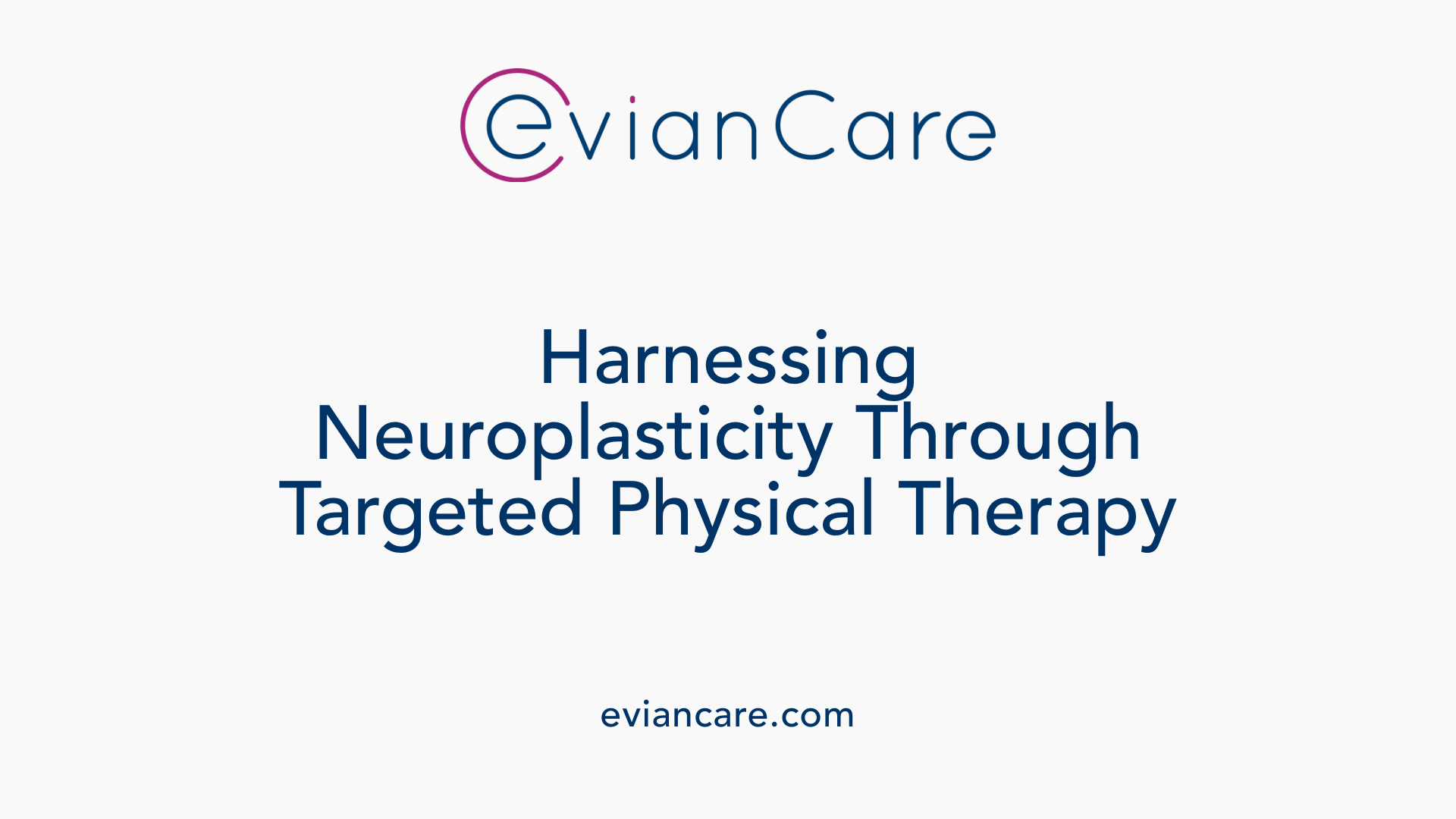
How does physical therapy facilitate neuroplasticity after brain injury?
Physical therapy plays a crucial role in promoting neuroplasticity—the brain's ability to reorganize itself by forming new neural connections—especially after trauma such as traumatic brain injury (TBI). It does so by engaging patients in repetitive, task-specific activities designed to stimulate and strengthen neural pathways.
Targeted exercises like constraint-induced movement therapy, gait training, and balance exercises are examples of interventions that activate specific brain regions. These activities encourage the brain to adapt by creating new connections and reinforcing existing ones. The principle of experience-dependent learning is at the core; the brain responds optimally when exercises are tailored to the individual’s needs, performed repeatedly, and performed at the right time during recovery.
Repetition and proper timing are vital—these facilitate synaptic plasticity, dendritic remodeling, and the recruitment of alternative neural circuits, which collectively support recovery of function. For example, improving limb movement through movement retraining promotes structural changes in motor areas of the brain, aiding in regaining mobility.
Emerging technologies further enhance this process. Techniques such as virtual reality, robotics, and non-invasive brain stimulation (like transcranial direct current stimulation, tDCS, or repetitive transcranial magnetic stimulation, rTMS) can amplify neuroplastic responses. These innovations provide multimodal approaches to engage neural mechanisms more effectively.
Combining physically engaging activities with pharmacological agents—such as those mimicking brain-derived neurotrophic factor (BDNF)—can also support plasticity. These agents help normalize brain energy deficits and promote synaptic growth, thereby synergizing with physical therapy efforts.
In conclusion, physical therapy facilitates neuroplasticity by harnessing the brain’s innate capacity for change. Through personalized, repetitive, and technology-supported interventions, it promotes the reorganization of neural networks—ultimately improving mobility, cognitive function, and independence after brain injury.
Community Reintegration and Support Systems
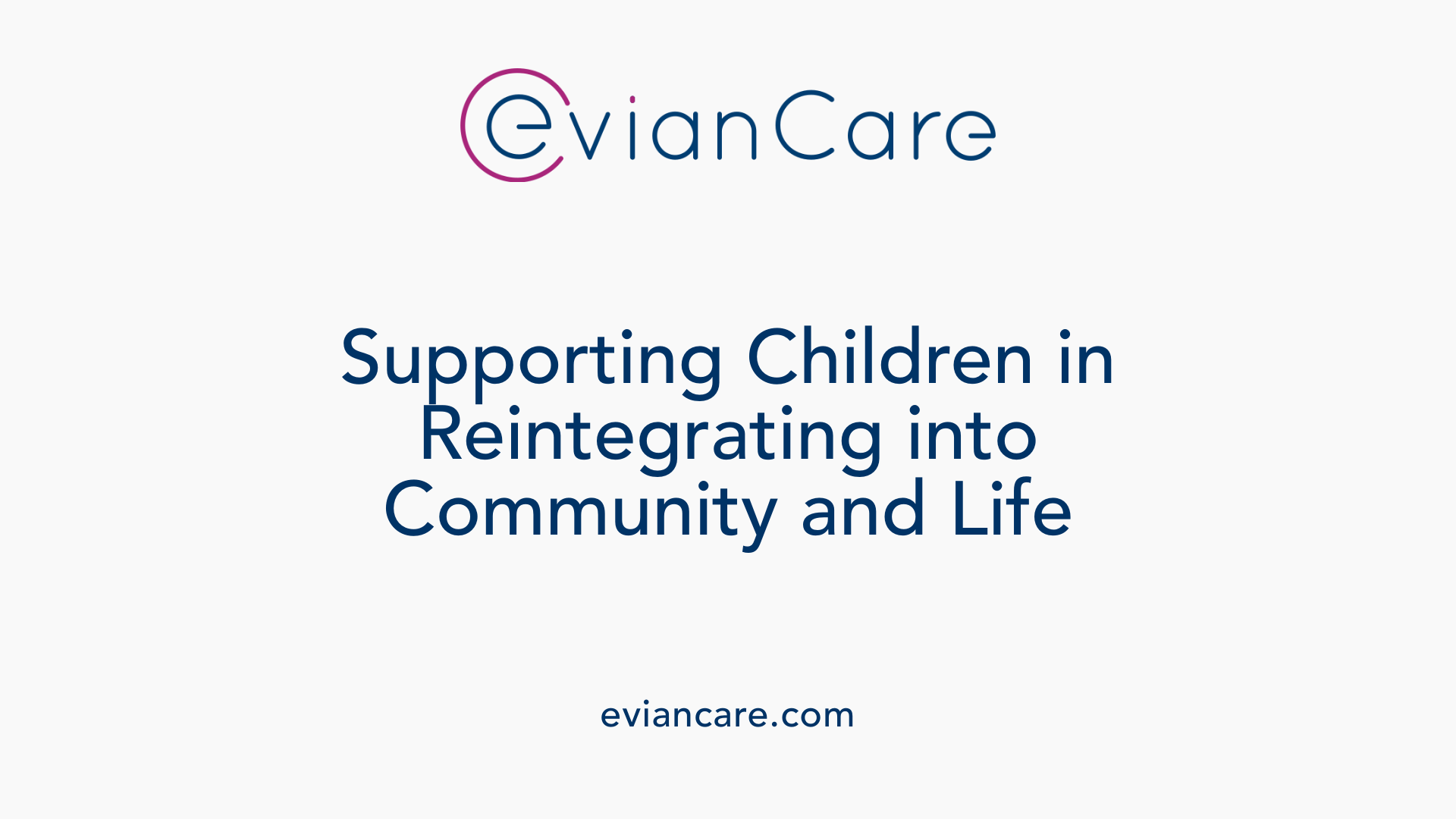
How does rehabilitation support community participation and emotional wellbeing?
Rehabilitation for children with traumatic brain injury (TBI) emphasizes restoring not only physical and cognitive functions but also facilitating full integration into their community and social environments. This approach recognizes the importance of emotional health and social participation in overall recovery.
Occupational therapy plays a crucial role in helping children relearn daily activities. Therapists focus on practical skills such as dressing, cooking, and social skills training, which are essential for independence in family and community settings. These interventions aim to rebuild confidence and self-sufficiency, enabling children to participate actively in their community.
Psychosocial support, including cognitive-behavioral therapy and peer group programs, addresses emotional regulation difficulties that often follow TBI. Engaging with peers who have similar experiences helps reduce feelings of social isolation and promotes a sense of belonging. These support systems foster resilience and encourage positive social interactions.
Home adaptations and environmental modifications are vital components of community reintegration. Installing ramps, accessible bathrooms, and adaptive devices ensure a safe environment that encourages participation at home and in public spaces. These changes support children’s mobility and safety, making community participation more accessible.
Ongoing, long-term follow-up is essential to sustain improvements and adapt therapies as the child develops. Regular assessments allow clinicians to modify interventions, addressing evolving needs related to school, social life, and emotional wellbeing.
Through this comprehensive, patient-centered approach, rehabilitation helps children with TBI to re-engage fully with their families, schools, and communities. These efforts improve their emotional health, foster independence, and promote overall quality of life.
| Aspect | Description | Additional Details |
|---|---|---|
| Daily Life Participation | Relearning everyday tasks to foster independence | Includes dressing, cooking, social interaction skills |
| Psychosocial Support | Strategies and support groups to enhance emotional wellbeing | Peer groups, counseling, cognitive-behavioral therapy |
| Home and Environment Modifications | Adaptations to promote safety and accessibility | Ramps, grab bars, adaptive devices |
| Long-term Follow-up | Ongoing assessment and therapy adjustments | Ensures sustained community engagement and emotional health |
This integrated approach ensures children with TBI can lead fulfilling lives within their community, overcoming physical and emotional barriers through tailored support and environmental adjustments.
Innovations and Future Directions in Pediatric TBI Rehabilitation
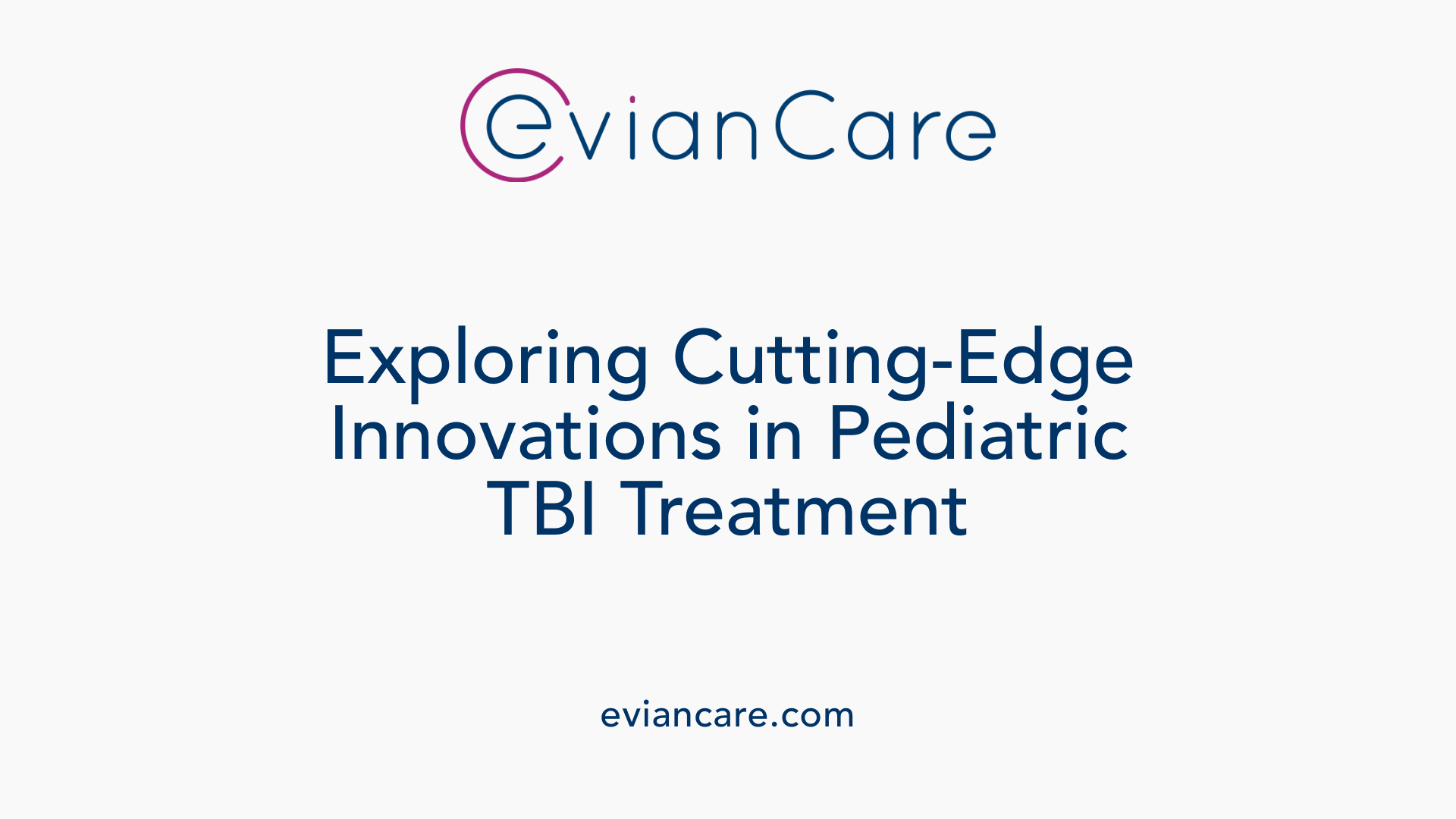
How does ongoing research and current guidelines influence pediatric TBI treatment?
Ongoing research plays a vital role in shaping effective treatment strategies for children with traumatic brain injury (TBI). As scientists uncover new insights into brain plasticity, injury mechanisms, and recovery processes, clinicians are able to refine their approaches to rehabilitation. Current guidelines incorporate the latest evidence, ensuring that therapies are tailored to the unique needs of pediatric patients.
For example, recent studies highlight the importance of early intervention and multidisciplinary care, including physical, occupational, speech, and cognitive therapies. These guidelines advocate for prompt assessment using standardized tools like the Glasgow Coma Scale and neuropsychological batteries, and they emphasize the need for personalized treatment plans that consider the child's specific impairments and developmental stage.
In addition, emerging evidence supports the integration of innovative technologies such as virtual reality (VR), robotics, brain-computer interfaces, and telerehabilitation to enhance traditional therapy. These technological advances aim to improve engagement, accessibility, and outcomes, especially in long-term recovery scenarios.
Current guidelines also address critical management aspects such as intracranial pressure control, nutrition, and secondary prevention of complications. Continual updates from research help clinicians avoid outdated practices and adopt methods that support neuroplasticity, like neurostimulation and use of neurotrophic agents.
Adherence to these evolving guidelines reduces variability in care and improves prognosis. They facilitate a comprehensive approach that combines the best available evidence with individualized care, which is especially important given the variability in injury severity and recovery potential among children.
Overall, the dynamic relationship between ongoing research and clinical guidelines ensures that pediatric TBI treatment continues to advance, ultimately leading to better functional, cognitive, and emotional recovery outcomes for young patients.
Moving Forward with Evidence and Innovation in Pediatric TBI Rehabilitation
The landscape of pediatric TBI rehabilitation continues to evolve, driven by ongoing research, technological innovations, and a deepening understanding of neuroplasticity. Physical therapy remains a cornerstone in promoting recovery, supporting neural reorganization, and improving physical, cognitive, and emotional outcomes. Emphasizing early intervention, personalized care, and multidisciplinary approaches maximizes potential for functional independence and social reintegration. As new therapies and assessment tools emerge, future strategies will likely become more precise, effective, and accessible. Commitment to continuous learning and adaptation will be vital in ensuring that children with TBI receive the most effective, evidence-based care, ultimately transforming lives and supporting recovery beyond challenges.
References
- Traumatic Brain Injury in Paediatrics - Physiopedia
- How to boost the effects of exercise to favor traumatic brain injury ...
- Rehabilitation After Traumatic Brain Injury
- Early initiation of rehabilitation therapies in children with severe ...
- A comprehensive review of rehabilitation approaches for traumatic ...
- Physiotherapy management of moderate-to-severe traumatic brain ...
- Physical Therapy Guide to Traumatic Brain Injury - Choose PT
- Severe Pediatric Traumatic Brain Injury | PM&R KnowledgeNow
- Therapy for Traumatic Brain Injury: Types & How They Help



